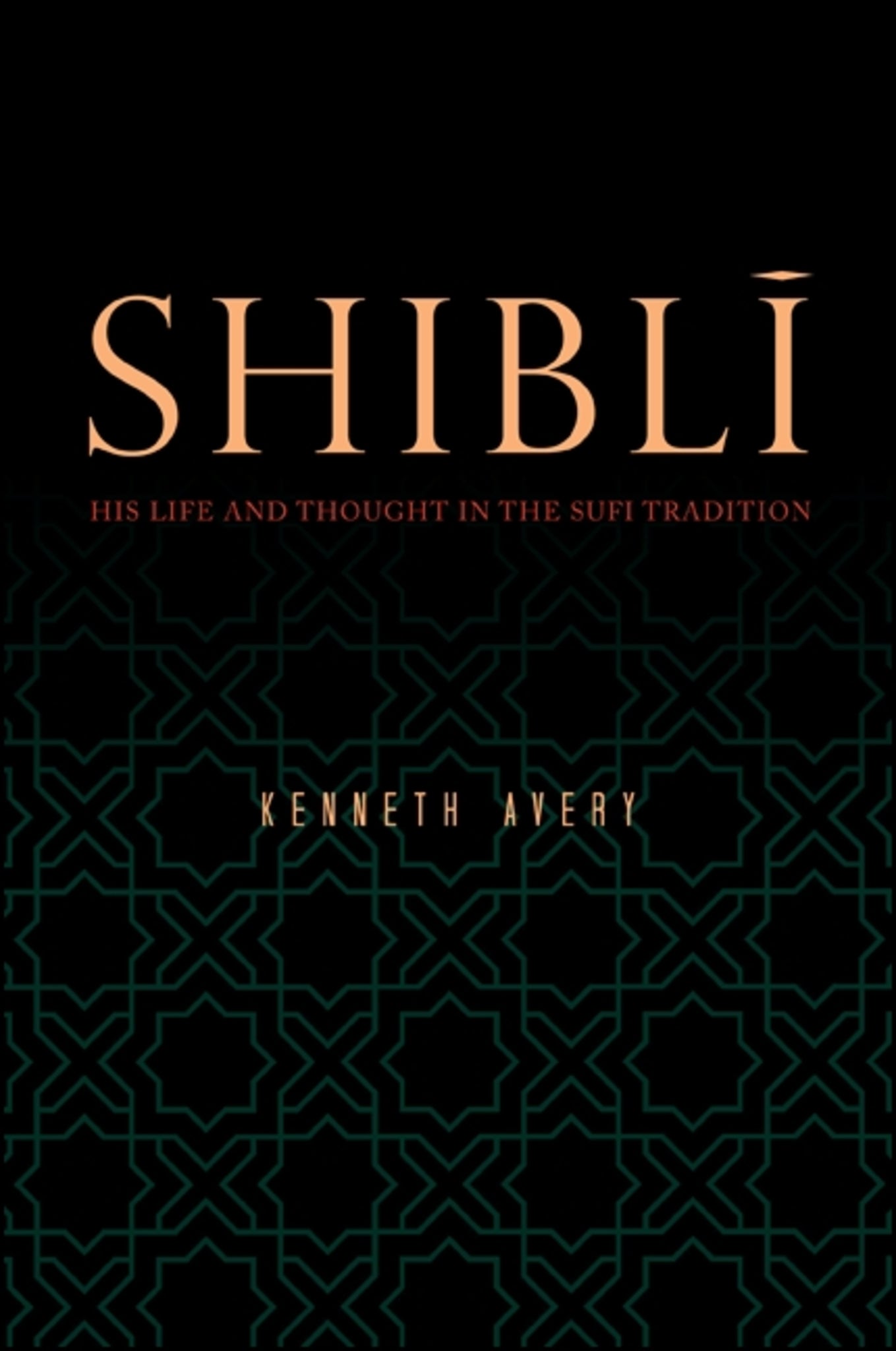We're sorry. An error has occurred
Please cancel or retry.
Shiblī

Some error occured while loading the Quick View. Please close the Quick View and try reloading the page.
Couldn't load pickup availability
- Format:
-
01 June 2014

Considers what is known of acclaimed early Sufi master Abū Bakr al-Shiblī and how he was characterized in various times and places.
Early Sufi master Abū Bakr al-Shiblī (d. 946) is both famous and unknown. One of the pioneers of Islamic mysticism, he left no writings, but his legacy was passed down orally, and he has been acclaimed from his own time to the present. Accounts of Shiblī present a fascinating figure: an eccentric with a showy red beard, a lover of poetry and wit, an ascetic who embraced altered states of consciousness, and, for a time, a disturbed man confined to an insane asylum. Kenneth Avery offers a contemporary interpretation of Shiblī's thought and his importance in the history of Sufism. This book surveys the major sources for Shiblī's life and work from both Arabic and Persian traditions, detailing the main facets of his biography and teachings and documenting the evolving figure of a Sufi saint. Shiblī's relationships with his more famous colleague Junayd and his infamous colleague allāj are discussed, along with his Qur'ānic spirituality, his poetry, and the question of his periodic insanity.


"…Avery's monograph presents us with a pioneering attempt to use a better and much fresher method, derived from the existing hagiographies, to reconstruct Shiblī's image and spirituality through the different phases of Sufism." — Journal of Sufi Studies
"A very fine contribution to the history of Sufism." — John Renard, editor of Fighting Words: Religion, Violence, and the Interpretation of Sacred Texts
Acknowledgments
1. Introduction
2. The Historical Context
Shiblī in the Sources
3. Sarrāj’s Book of Illuminations
4. Kalābādhī’s Book of Understanding
5. Sulamī’s Generations of Sufis
6. Abū Nu’aym’s Ornament of God’s Friends
7. Qushayrī’s Treatise
8. Hujwīrī’s Revealing the Veiled
9. Anṣārī’s Generations of the Sufis
10. Rūzbihān’s Explanation of Ecstatic Sayings
11. ‘Aṭṭār’s Memoirs of God’s Friends
12. Jāmī’s Breaths of Intimacy
13. Two Non-Sufi Historians: Khaṭīb al-Baghdādī and al-Dhahabī
14. Shiblī and the Sources: Conclusions
Themes and Relationships
15. Narrative Structures and Styles
16. The Nature of Shiblī’s Sayings
17. Shiblī and Junayd
18. Shiblī and Ḥallāj
19. The Question of Shiblī’s Insanity
20. Shiblī’s Poetry
21. Shiblī and the Qur’ān
22. Conclusion
Notes
Bibliography
Index



